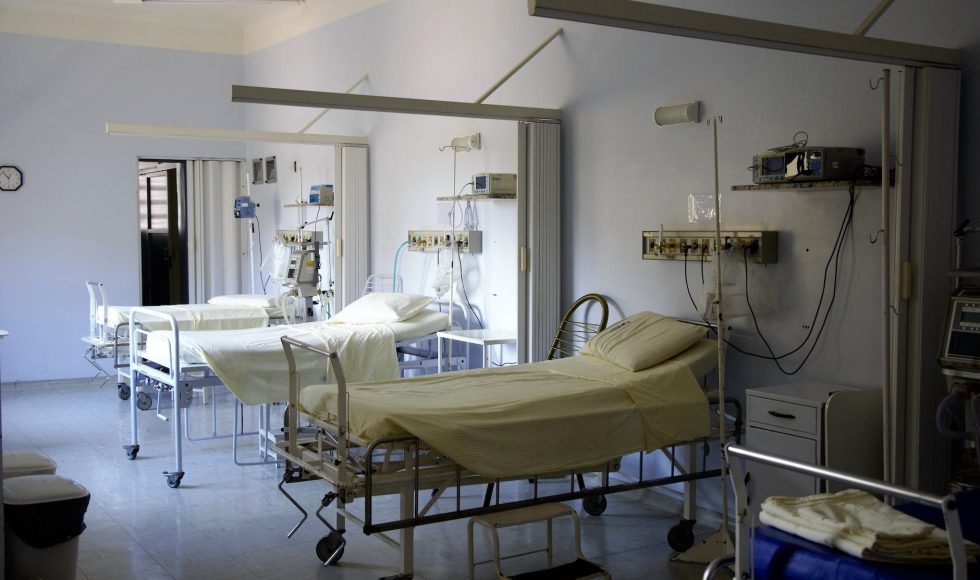Justin O’Grady, Associate Professor in Medical Microbiology at the University of East Anglia, presented at the Nanopore Community Meeting 2017 on “Rapid metagenomic diagnosis of hospital acquired pneumonia.” They spoke about the “loss” of effective antibiotics because of rising resistance. O’Grady suggests using metagenomics-based infection diagnostics to use narrow-spectrum antibiotics. Nanopore sequencing is useful because of the speed and richness of information that can be obtained. Hospital-acquired pneumonia, O’Grady explained, has high mortality rates because of bad diagnostics. The INHALE program is a five-year NIHR program grant on rapid diagnostics of hospital-acquired pneumonia. PCR tests were evaluated along with 16S rDNA sequencing. However, you can’t get “below” the genus level and don’t obtain information about antibiotic resistance. Thus, O’Grady and the team used shotgun metagenomics. The team used a pipeline that uses a depletion strategy to remove human reads. Next, the rapid kits are used. The total workflow takes about eight hours. Depletion of human DNA helps decrease the sequencing time. The pilot study took forty-two samples from patients with suspected bacterial pneumonia. The team put 1-6 samples per flow cell. Improvements included optimizing the enrichment and introducing bead-beating and an enzyme cocktail. Freezing samples resulted in misdetections. The MinION was 92% concordant with standard microbiological techniques. O’Grady concluded that sample preparation is key. A question asked was how the depletion works. O’Grady said they used saponin and differential lysis. The clinical use and optimization were highlights of this session. I will keep this in mind to use as an example.



